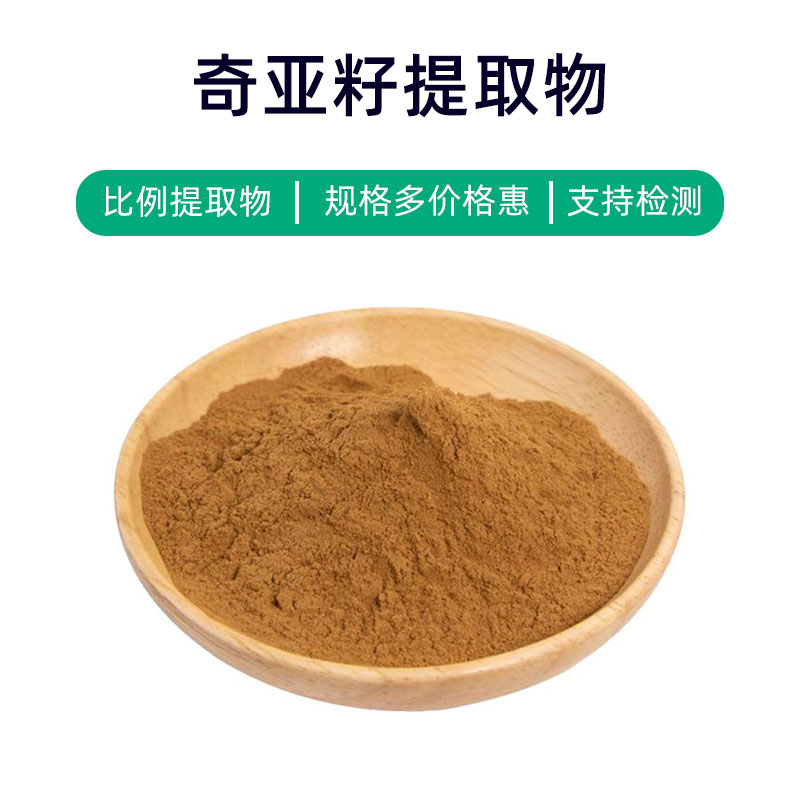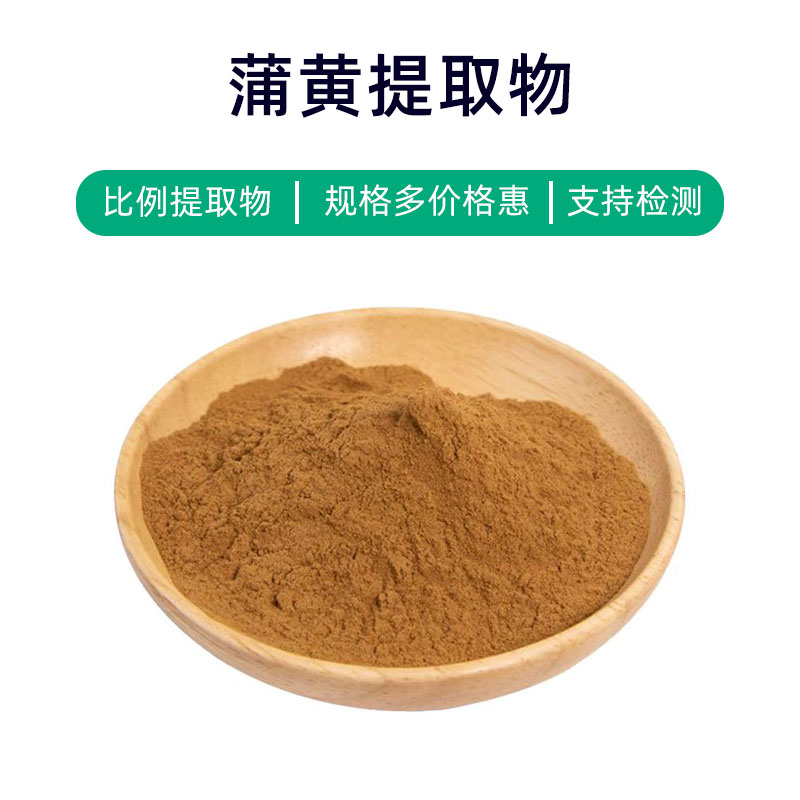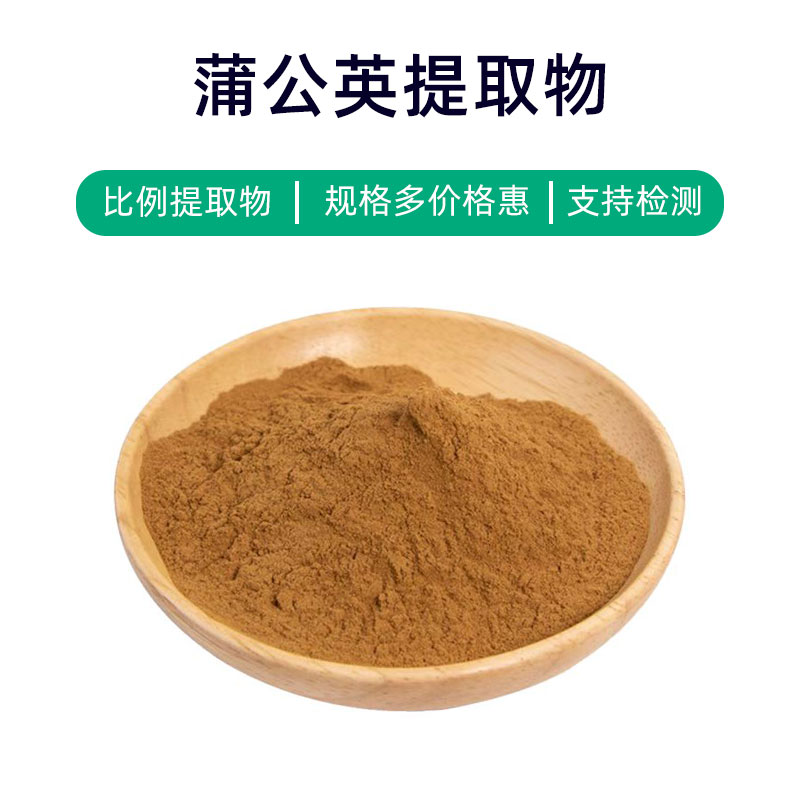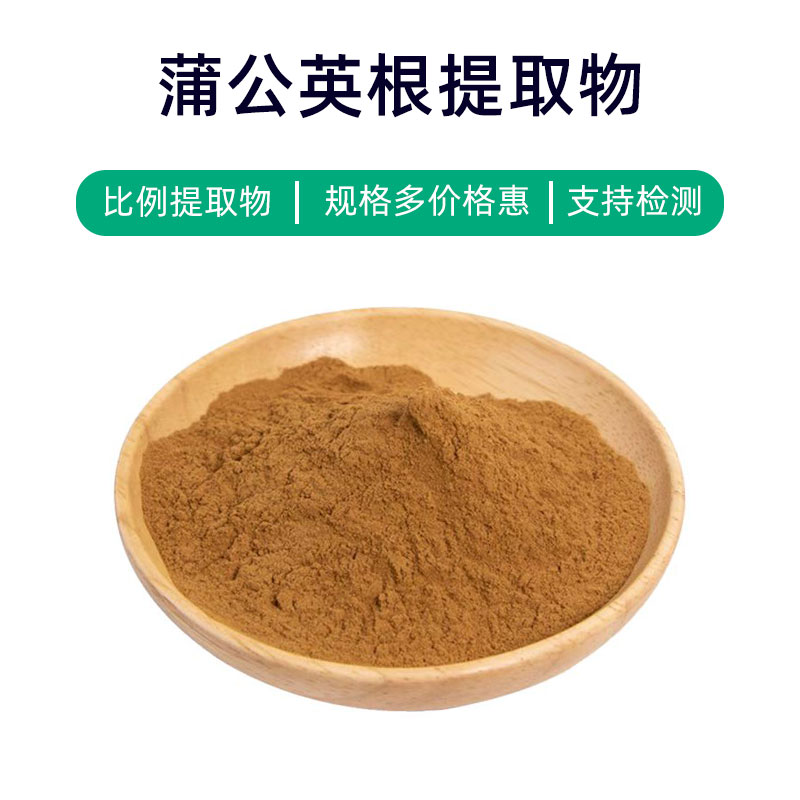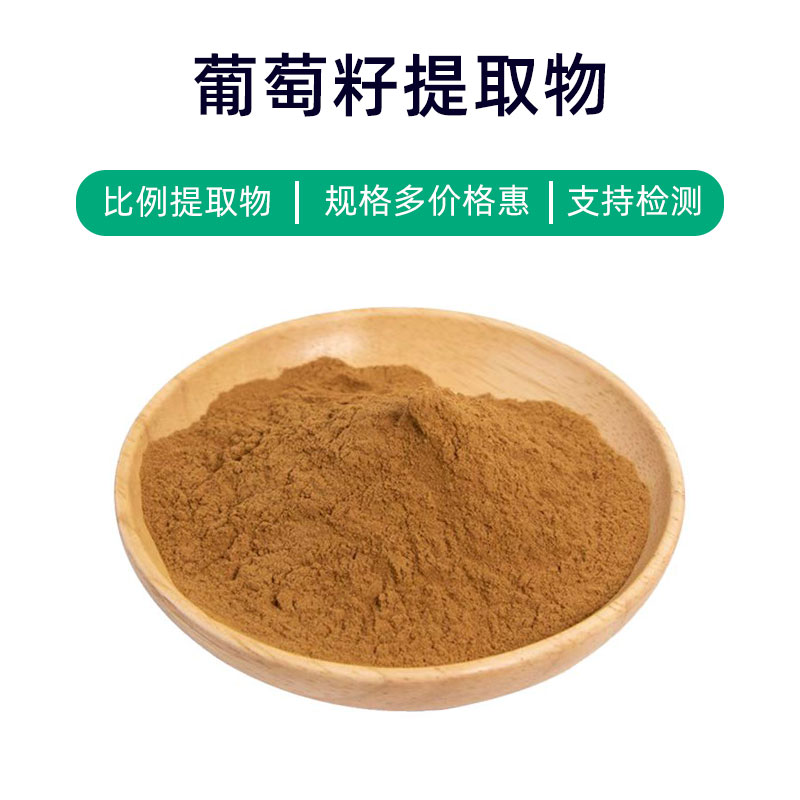Lichen Extract Product Introduction
Lichen extract is a natural plant extract derived from the unique biological composite of lichens. Its key components include lichen acids, phenylethanes, terpenoids, and it possesses a variety of bioactive properties. Lichen extract has broad applications in the pharmaceutical, health product, and cosmetic fields.
Lichen extract is widely utilized for its antibacterial, anti-inflammatory, and antioxidant properties. Due to its rich active components, lichen extract has strong antibacterial effects, inhibiting the growth of various bacteria and fungi, aiding in the treatment of skin infections and related issues. Additionally, lichen extract has anti-inflammatory and antioxidant effects, helping to reduce skin inflammation, combat damage from free radicals, and protect skin health.
In the pharmaceutical field, lichen extract is commonly used to prepare antibacterial and anti-inflammatory medications for treating various skin infections and inflammatory diseases. In the health product field, lichen extract is available in oral forms like liquids and capsules to boost immunity and improve skin health. In cosmetics, lichen extract is frequently added to skincare products and shampoos, offering antibacterial, anti-inflammatory, and antioxidant benefits to improve skin condition and maintain hair health.
Overall, lichen extract is a natural plant extract with various bioactive components, applicable in pharmaceuticals, health products, and cosmetics, holding promising application prospects.
Lichen Extract Production Process
The production process of lichen extract typically includes the following key steps:
- Raw Material Collection and Selection: First, lichen raw materials are collected and screened to ensure quality and purity. Only high-quality lichen can guarantee the quality of the extract.
- Extraction Process: Lichen extraction generally employs water extraction or organic solvent extraction methods. During water extraction, lichen materials and an appropriate amount of water are added to an extraction vessel, soaking and heating them for a period of time to dissolve the effective components in the lichen. Organic solvent extraction involves using organic solvents to leach the effective components from the lichen.
- Filtration and Concentration: The extract is filtered to remove impurities, yielding a pure extract. Then, evaporation or concentration techniques are employed to evaporate or concentrate the solvent in the extract to obtain a concentrated lichen extract.
- Drying and Grinding: The concentrated liquid is dried to convert it into a solid form, typically using spray drying or vacuum drying methods. The dried lichen extract is then ground into the desired powdered form.
- Quality Testing and Packaging: The lichen extract undergoes quality testing, including active ingredient content and microbial testing. Strict quality control ensures that the extract meets standard quality requirements. Finally, the lichen extract is packaged according to specified requirements, commonly in aluminum foil bags, plastic barrels, etc.
The production process of lichen extract requires strict control of parameters at each stage to ensure the quality and stability of the extract. Additionally, employing suitable processing methods can enhance the yield and purity of lichen extracts, meeting the demands of various fields.
Effects and Side Effects of Lichen Extract
Lichen extract is a commonly used natural plant extract with several benefits, primarily including:
- Antioxidant Effects: Lichen extract is rich in various antioxidants, such as polyphenols and flavonoids, which help eliminate free radicals in the body, slow down cell aging, and protect cells from oxidative damage.
- Anti-inflammatory Effects: Active components in lichen extract exhibit anti-inflammatory properties, reducing the occurrence and progression of inflammation, alleviating pain and discomfort caused by inflammation.
- Immune Modulation: Research indicates that lichen extract can modulate immune system function, enhance immunity, and improve resistance against immune-related diseases.
- Antibacterial Effects: Lichen extract contains various active components with antibacterial properties, capable of inhibiting the growth of bacteria, fungi, and viruses, offering anti-inflammatory effects as well.
- Hepatoprotective Effects: Some studies show that lichen extract can protect the liver, reducing liver damage and promoting liver cell regeneration, which may benefit the prevention and treatment of conditions like hepatitis and fatty liver disease.
- Antitumor Effects: Certain studies suggest that active components in lichen extract possess some antitumor activity, inhibiting the growth and spread of tumor cells, showing therapeutic effects against certain tumors.
- Blood Sugar Regulation: Some research suggests that lichen extract can lower blood sugar levels and improve insulin sensitivity, aiding in the prevention and management of diabetes and other metabolic disorders.
- Cardiovascular Health Improvement: Active components in lichen extract help lower blood pressure and lipid levels, and possess antithrombotic properties, improving cardiovascular health and preventing the occurrence of cardiovascular diseases.
It's important to note that while lichen extract has various benefits, some side effects may arise, such as allergic reactions and digestive issues. Therefore, when using lichen extract, it's essential to pay attention to dosage and usage methods, ideally under medical guidance, to ensure safety and effectiveness.
Application Scenarios and Dosage of Lichen Extract
Lichen extract finds wide application in the fields of pharmaceuticals, food, and cosmetics, with the following scenarios and recommended usage for each area:
- Pharmaceuticals:
- Lichen extract is widely used in traditional Chinese medicine formulations to treat various diseases.
- Usage: Typically used as a medicinal herb, either alone or in combination with other herbs, made into forms like tablets, granules, or decoctions.
- Dosage: Varies based on specific conditions and formulations, generally recommended to follow physician or pharmacist guidance.
- Food:
- Lichen extract can be used as a food additive to enhance health functions and nutritional value.
- Applications: Often found in health products and functional foods, like nutritional supplements and health teas.
- Dosage: Should be used as per the product instructions or maximum allowable limits set by food safety standards, preferably under the guidance of a doctor or nutritionist.
- Cosmetics:
- Lichen extract is commonly added to cosmetics to improve skin texture, provide moisture, and offer antioxidant properties.
- Applications: Frequently found in skincare products, masks, and lotions suitable for all skin types.
- Dosage: Follow product specifications or safety standards for cosmetics, and adjust the amount based on personal skin type and needs.
- Usage Methods:
- Oral: In pharmaceuticals, lichen extract is commonly used in oral forms like tablets and granules.
- Topical: In cosmetics, lichen extract is usually included as a cosmetic ingredient, applied directly to the skin.
- Beverage: In the food sector, lichen extract is often added to drinks like tea or juices.
Overall, lichen extract can be used as a medicinal herb in pharmaceuticals, requiring adherence to medical advice for dosage; in food, it serves as a food additive, and must meet food safety standards; in cosmetics, it functions as an ingredient, adhering to cosmetic safety standards. Careful usage based on individual circumstances is crucial to avoid excessive use and adverse reactions.
Introduction to the Source Plant, Distribution, and Growing Environment of Lichen Extract
Lichens are a unique composite organism formed by the symbiosis of fungi with algae or cyanobacteria, and thus are not a single plant type. Lichens are widely distributed in nature, capable of growing in various environments, including rocks, tree bark, soil, deserts, and polar regions. Here’s a detailed introduction to the source plants, distribution, and growing environment of lichen.
- Source Plants of Lichen:
- Lichens comprise two primary components: fungi and algae (or cyanobacteria). Fungi provide structural support and nutrient absorption, while algae or cyanobacteria supply organic material produced through photosynthesis, along with inorganic salts like nitrogen and phosphorus. Algae are typically green algae or cyanobacteria, though red and brown algae types may also be involved.
- There are numerous lichen species formed through different symbiotic combinations of fungi and algae, such as Lichinaceae and Parmeliaceae.
- Distribution of Lichen:
- Lichens are found globally, from polar to tropical regions.
- The species and quantity of lichens vary across different regions and ecosystems, depending on environmental conditions and ecological niches.
- Some lichen species have a strong adaptability to environmental conditions, enabling survival in extreme environments such as high altitudes, high latitudes, arid or saline areas.
- Growing Environment of Lichen:
- Lichens can thrive on diverse substrates, including rocks, tree bark, soil, and extreme environments like deserts and polar regions.
- Different lichen species have distinct growth preferences. Some prefer moist environments, like forests or riverbanks, while others adapt better to dry conditions, such as deserts or rocky surfaces.
- The growth rate of lichens is generally slow, with some taking years or even decades to form sizable patches.
In summary, lichens, as a composite organism, are widely distributed globally, thriving in various environments. Their unique symbiotic relationships play significant roles in ecological systems, contributing to environmental stability and biodiversity.
Processing and Storage of Lichen Extract
The processing of lichen extract generally involves the following steps: first, fresh lichen samples are collected, cleaned, and dried to remove impurities; next, the lichen is ground or crushed to increase extraction efficiency; then, appropriate solvents (like ethanol or water) are used for extraction; finally, through filtration, concentration, and drying, the final product of lichen extract is obtained.
To ensure the quality and stability of the extract, suitable storage and preservation measures are typically taken, such as keeping it in a dry, cool, light-proof environment and minimizing contact with air and moisture to extend its shelf life.
Monica Sun is a seasoned expert in the plant extraction industry with over a decade of experience in research and production. She specializes in the extraction and purification of plant active ingredients, focusing on driving innovation in natural product applications. Monica has participated in the development of multiple functional plant extracts, delivering high-value natural raw material solutions for the health food, pharmaceutical, and dietary supplement sectors.









